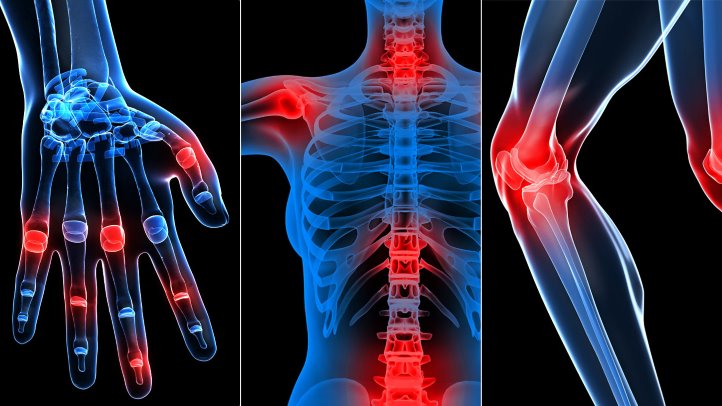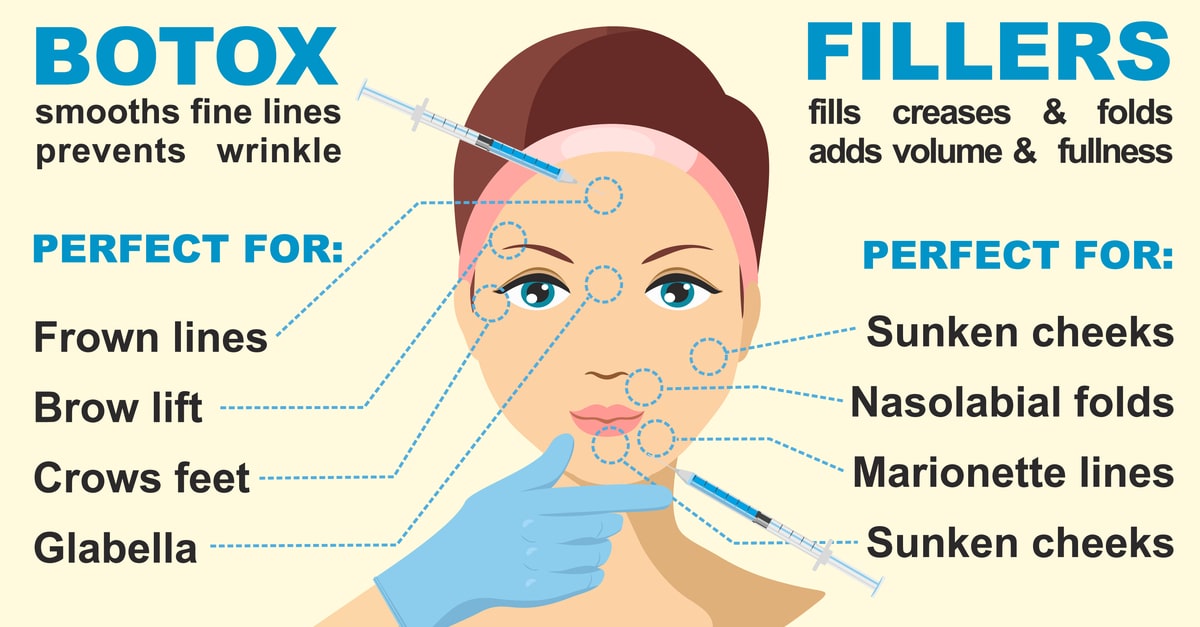Rheumatism is a term fading from everyday use; most medical professionals use the phrase “rheumatic diseases” to describe the group of conditions which affect the body’s joints and connective tissues. Rheumatic diseases usually result in pain and stiffness in these joints.
Treatment for arthritis and other rheumatic diseases:
Unfortunately, there is no cure for rheumatic disease (with the exception of infectious arthritis, which can be cured with antibiotics if detected or diagnosed early). The goal of treatment is to limit pain and inflammation, while ensuring optimal joint function. Each treatment plan designed by a physician should be specifically tailored to the patients type of rheumatic disease, as well as the severity of the disease. Treatment plans often involve both short-term and long-term relief approaches, including the following:
Short-term relief from Arthritis and Rheumatic Diseases:
Medications
Short-term relief for pain and inflammation may include pain relievers such as acetaminophen, ibuprofen, or other nonsteroidal anti-inflammatory medications. Ask your child’s physician for more information before giving a medication to a child.
Heat and cold
Whether to use hot or cold applications on affected joints depends on the type of arthritis present and the recommendation of your physician. Pain relief may be obtained temporarily by using moist heat (warm bath or shower) or dry heat (heating pad) on the joint. Pain relief may also be obtained by placing an ice pack wrapped in a towel on the joint. Cold applications help reduce swelling, as well. However, people who have poor circulation should not use ice packs. Consult your physician regarding the type of application and application time before use.
Joint immobilization
The use of a splint or brace can help a joint rest and protect it from further injury. Walking devices, such as canes, crutches, and assistive devices with extra large or longer handles help keep stress off certain joints.
Massage
The light stroking and/or kneading of painful muscles may increase blood flow and bring warmth to the muscle.
Long-term relief from Arthritis and Rheumatic Diseases:
Medications
- There are several types of medications that may be used long-term to reduce pain and symptoms, including the following:
- Nonsteroidal anti-inflammatory medications
- These medications, such as aspirin and ibuprofen, help to reduce pain and inflammation.
- Disease-modifying anti-rheumatic medications
These prescription medications may affect the course of the disease, by slowing down its progress and influence, and/or by correcting immune system abnormalities that are linked to the disease. Examples of disease-modifying anti-rheumatic medications include methotrexate, hydroxychloroquine, penicillamine, and gold injections.
Corticosteroids
Corticosteroids are medications that contain hormones to treat rheumatic diseases. These medications, such as prednisone, can be taken orally or as an injection.
Weight reduction
Extra weight puts more stress on weight-bearing joints, such as the hips and knees. Weight loss in overweight people has shown to reduce the chance of developing certain types of rheumatic disease, including osteoarthritis.
Exercise
Certain exercises, such as swimming, walking, low-impact aerobic exercise, and range-of-motion exercises, may help reduce joint pain and stiffness. Stretching exercises may be helpful in keeping the joints flexible.
Surgery
In severe cases of rheumatic disease, surgery may be necessary to repair or replace a joint. There are two main types of surgery for arthritis and other rheumatic diseases, including the following:
repair – surgery to repair a damaged joint may include removing debris in the joint, fusing bones, or correcting a bone deformity.
replace – if a joint is too damaged for repair, it may need to be replaced with an artificial joint.




